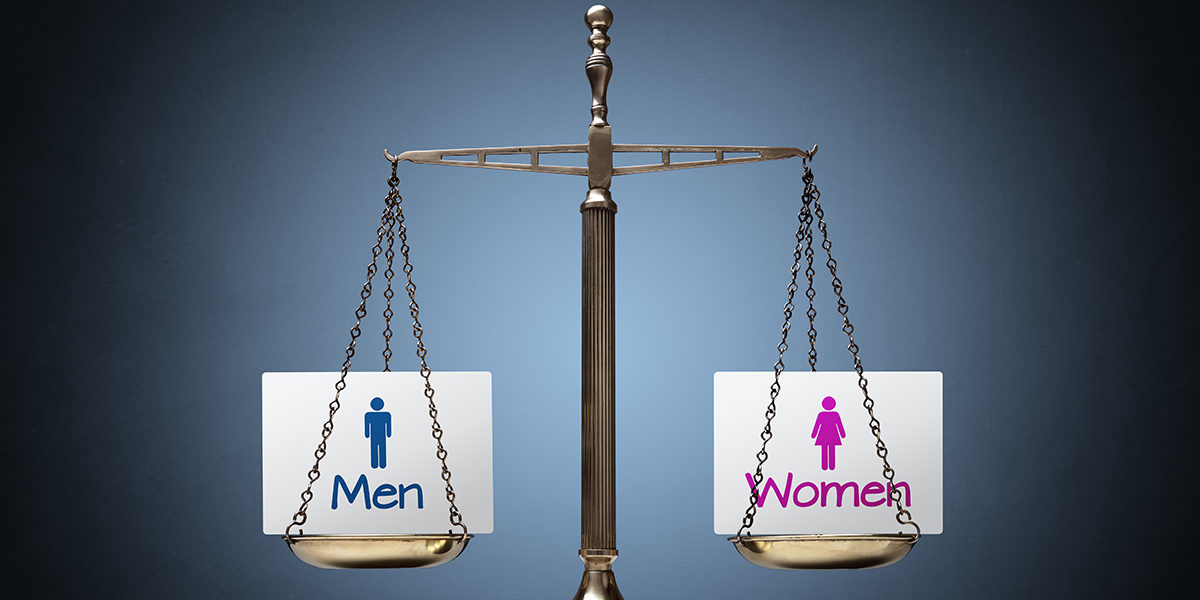For many, April 4th 2018 represents a watershed moment in the UK.
This marks when companies with over 250 employees had to publish the size of their gender pay gap.
The results of the 2018 Gender pay gap reporting highlighted some revealing statistics. In the UK, on average, three out of four companies pay men more than women.
Unfortunately, the extent of this inequality is not surprising. The figures published confirm what we already know; institutionalised sexism still exists.
But, what is more troubling, is there is growing feeling this is only the tip of the iceberg. Gender pay reporting only explores one factor of discrimination in the workplace. To focus only on gender is to ignore other attributes which can marginalise people at work (gender, race, sexuality, religion etc).
Gender pay reporting has allowed us to see the value of data when trying to uncover truths about inequality. At Tap’d Solutions we are passionate about using analytics to better understand Diversity and Inclusion. The question we are therefore asking is; does gender pay reporting go far enough?
Pay Gap Reporting: Beyond Gender
Last year, Baroness Ruby McGregor-Smith published her review on Race in the Workplace. The report estimated that workplace inequality towards BAME employees cost the UK economy £24 billion each year. More recently, the topic has started to gain more traction with analytics revealing higher levels of inequality.
In December 2017, City Hall launched its first ever ethnicity pay audit. It found on average companies in the Greater London Authority have an ethnicity pay gap of 16% (up to 37.5%) between white and BAME employees. To put this into context, the average gender pay gap in government organisations is 14%.
A similar trend is true for the Disability pay gap. Between 1997-2014, the Human Rights Commission reported a pay gap of 13% for men and 7% for women. But these figures were even more stark for certain groups. For example, men with depression or anxiety experience a pay gap of 30%.
Gender pay reporting has allowed us to see the value of data when trying to uncover truths about inequality. The question I am therefore asking is; does gender pay reporting go far enough?
Intersectionality
Worryingly, one big thing is missing from discussions about diversity & inclusion; intersectionality.
Intersectionality, a term coined by Kimberle Crenshaw, looks at how various social identities such as gender, race, sexuality, age etc overlap and intersect to create unique experiences of discrimination or disadvantage. As Crenshaw explains:
Discrimination, like traffic through an intersection, may flow in one direction, and it may flow in another. If an accident happens in an intersection, it can be caused by cars travelling from any number of directions and, sometimes, from all of them.
Traditional measures of diversity, groups people according to one-dimension e.g Male or female. Intersectional approaches to Diversity and Inclusion instead focuses on the interconnected nature of social categories.
For example, the ethnicity pay gap is more severe when overlaid with disability. Bangladeshi men have a pay gap of 56% and black African men a pay gap of 34% in comparison to white non-disabled men. This insight is far more revealing than if we looked at either of these categories in isolation.
Despite good intentions, employers who only measure diversity through discrete categories may fail to uncover deep rooted instances of inequality.
Crenshaw, put it best when she said:
“it seems that placing those who currently are marginalized in the centre is the most effective way to resist efforts to compartmentalize experiences and undermine potential collective action.”
One could argue that intersectional D&I strategies seem like the most logical solution. In all other aspects of life, people would object to being defined by one characteristic of their personality. Why should this be the case when it comes to work?
Research by Deloitte shows that Millennials compromised more than 50% of the workforce between 2014-18. As a generation, “they are rejecting the notion of being identified by any one dimension, especially race, gender, and sexual orientation.”
In many ways, recent analysis of the gender pay gap is a red herring that distracts from the need for D&I strategies to be intersectional- but at the very least it is a sign of shifting attitudes.
Summary
The power of analytics can allow us to dig deeper into the inequalities at play in the workplace. Organisations should use data to focus on more than gender pay gap reporting.
- Organisations must start taking a holistic approach to D&I practices and begin to value intersectionality over discrete and singular categories
- The only way to do this is by listening to the experiences of marginalised groups in an organisation. Collecting rich language data can allow organisations to listen to the voice of their employees and plan strategic initiatives which will make a true difference.
Contact us now to find out more about how Tap’d Solutions and our partners Qlearsite can understand intersectionality in your organisation.

